Can Urban Farming Feed Bangkok?
Is it easy to grow your food in the middle of the city? BK talks to those who have made their own city farms right here in Bangkok, on rooftops and in backyards.
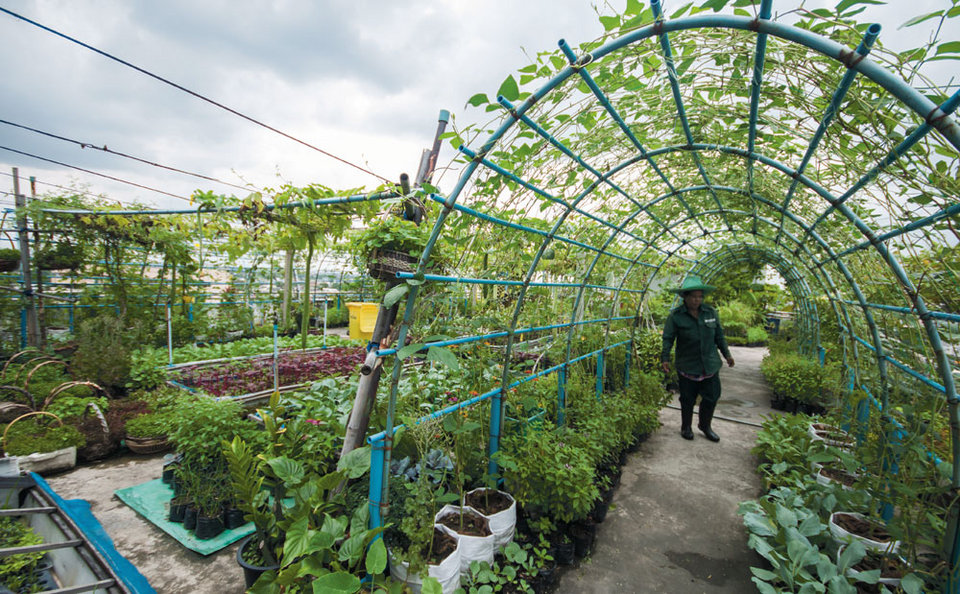
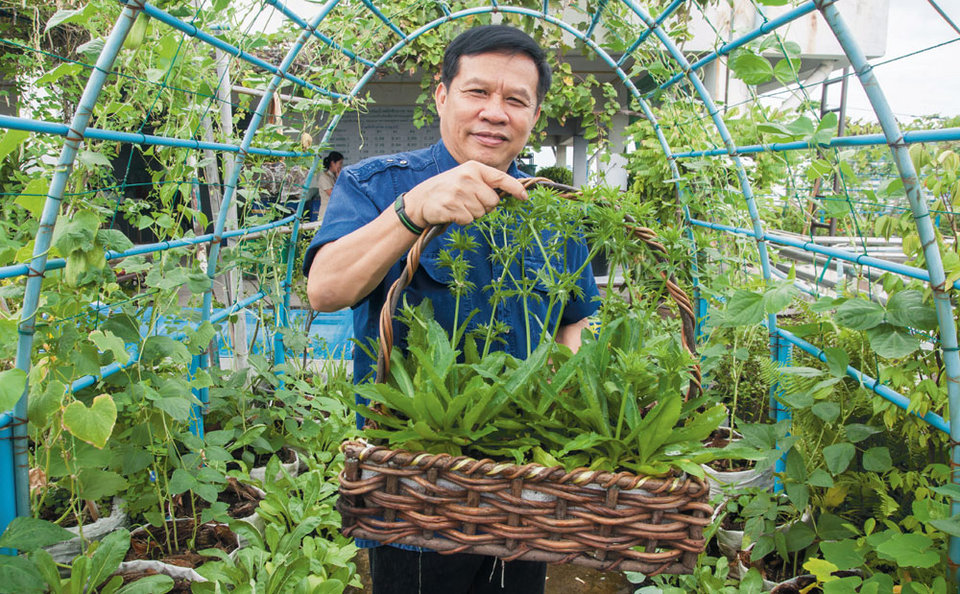 - Lak Si District Office
- Lak Si District OfficeHow did the project start?
Eleven years ago, the staff at the Public Cleaning and Public Park sections of the district, started growing vegetables on an abandoned plot next to the district office. But when the landlord saw the vegetables, he claimed his land back. The section director at that time then told us, OK, you can grow your vegetables on the roof of the office. Then the ex-assistant director created a website about the whole process and it became this free public education thing.
Is it difficult?
You must prepare the rooftop first. The floor has to be absolutely watertight. You have to be motivated to eat good, safe food. As for the rest, just come here and we’ll teach you. It’s free. You can even organize a field trip for your company.
Why is farming in the city important?
Our country’s food safety is not very good. There are too many chemicals used in our food. Food is man’s first medicine, it’s what keeps you healthy. I think growing your own food will be increasingly embraced in the future. It’s sustainable. When there were big floods in 2011, our district was a shelter for flood victims. We could provide them with food and vegetables thanks to our rooftop garden. Farming in the city also helps our city be greener and cooler. It increases our quality of life.
Contact: 02-576-1393 www.bangkok.go.th/laksi
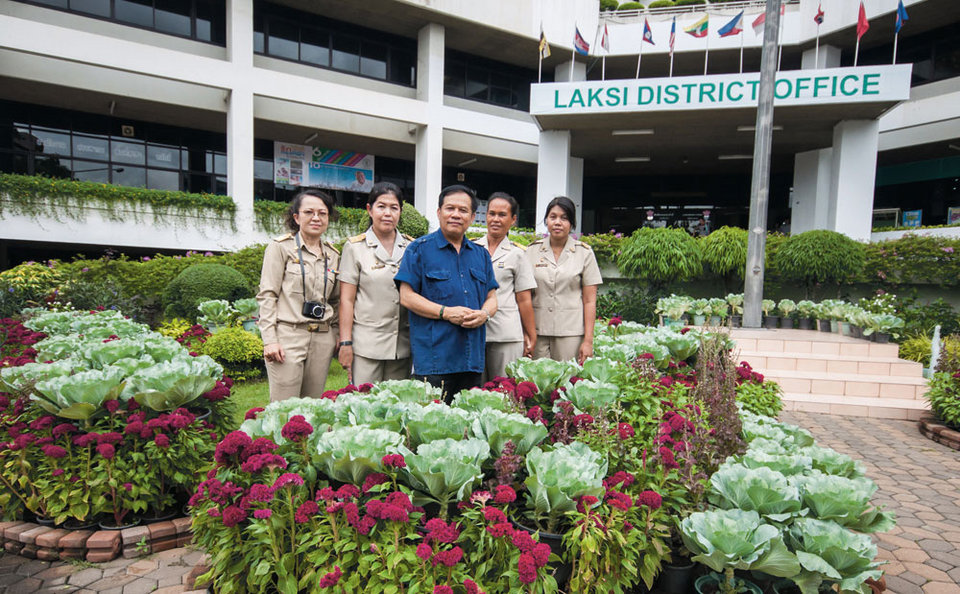
- Rooftop or concrete garden techniques
- How to produce micro-organisms for vegetables
- How to produce manure
- How to produce fertilizers for vegetables
- How to grow bean sprouts
- How to grow seeds
- How to raise earthworms
- How to grow straw mushrooms in a basket
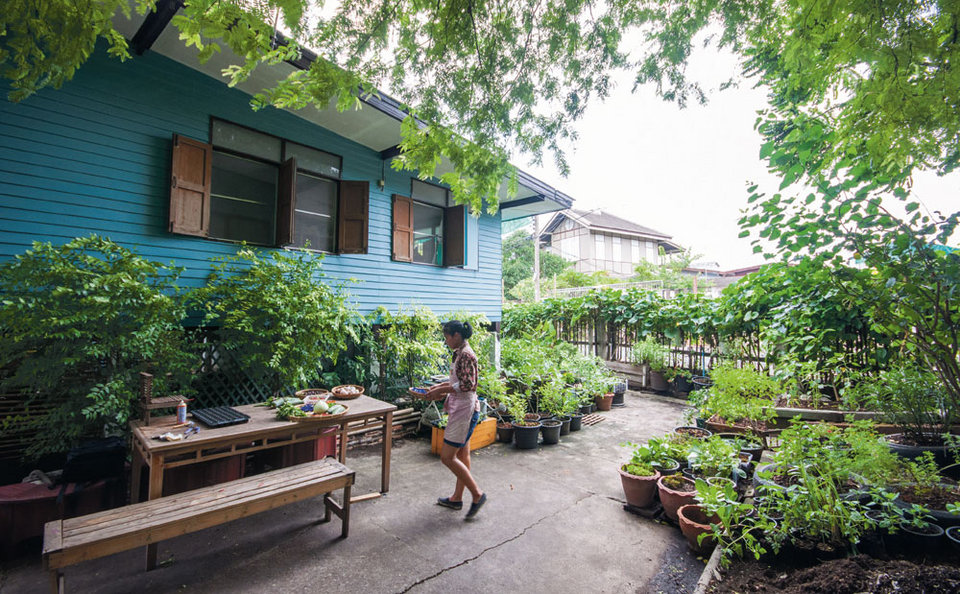
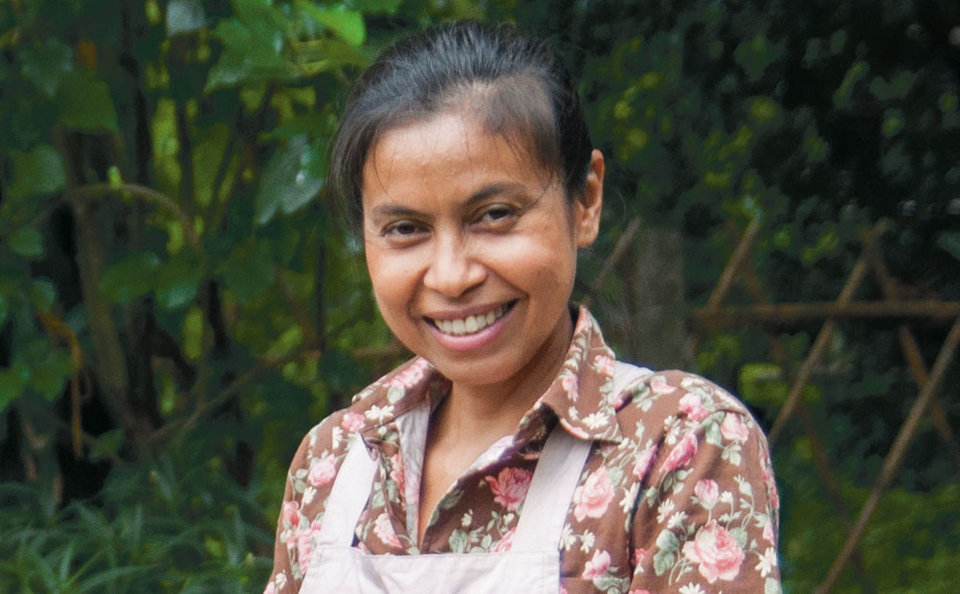 - Home Farm
- Home FarmWhy did you start your farm?
It’s a perk of doing my own magazine, Simply Living. I used to work so hard as a magazine writer. Closing an issue every 15 days was really exhausting. Stress finally made me sick. I couldn’t sleep at night, had headaches and suffered immune system problems. I started studying about living healthy by eating good food. It helps a lot. Starting Simply Living exposed me to more wellness research. Finally, I rented a house in Ladprao Soi 48 and transformed it into a little farm where I grow everything I want to eat.
How has it transformed your life?
Completely. I used to be an employee who spent most of her time working. Now I have time for myself, too. I wake up at 6am, take my kids to school, come back to do some gardening and then start my work as a freelance editor. I also have small coops with chickens and ducks so we can collect their eggs everyday. I don’t really need to go out from my home as I have all this food at my place. Sometimes, my neighbors also come to buy some produce such as eggs and vegetables. It’s organic and we sell it really cheap, like B5-B10 a piece. We also try to spread the word by holding workshops on growing in the city as well as recycling junk to create accessories. We are also planning on re-launching Simply Living as everything stopped due to the 2011 flood.
Why is growing your own food important to you?
Most people will only change their life if something drastic happens, such as beign diagnosed with cancer. But why do you need to wait for problems in order to change? Choosing a healthy way of life is pleasant. Eating your homegrown vegetables is awesome and you will be so proud of what you create. It’s definitely a better feeling than eating expensive food anywhere else!
Contact: 082-520-0308 or Facebook: www.fb.com/simplyorganicsBKK
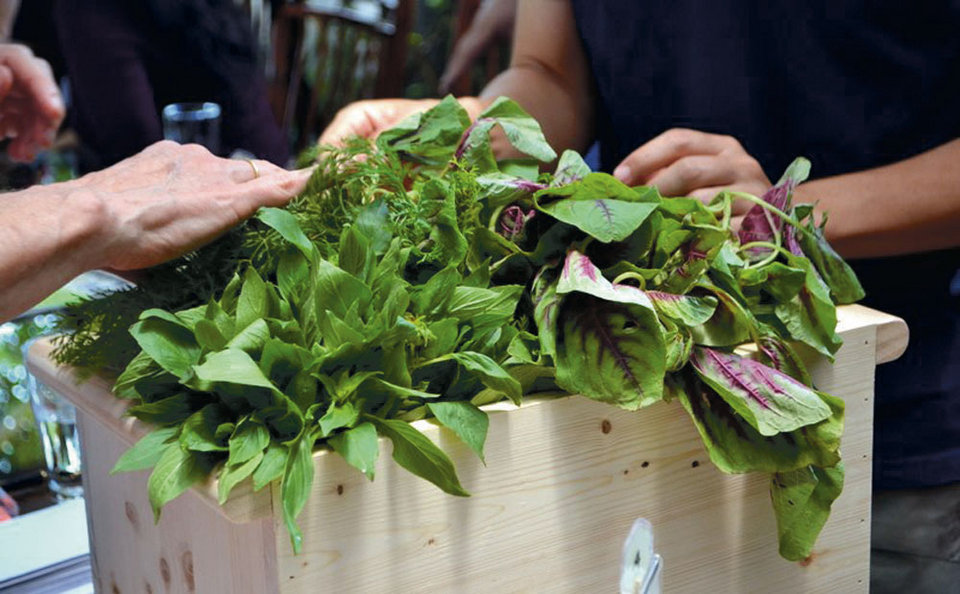
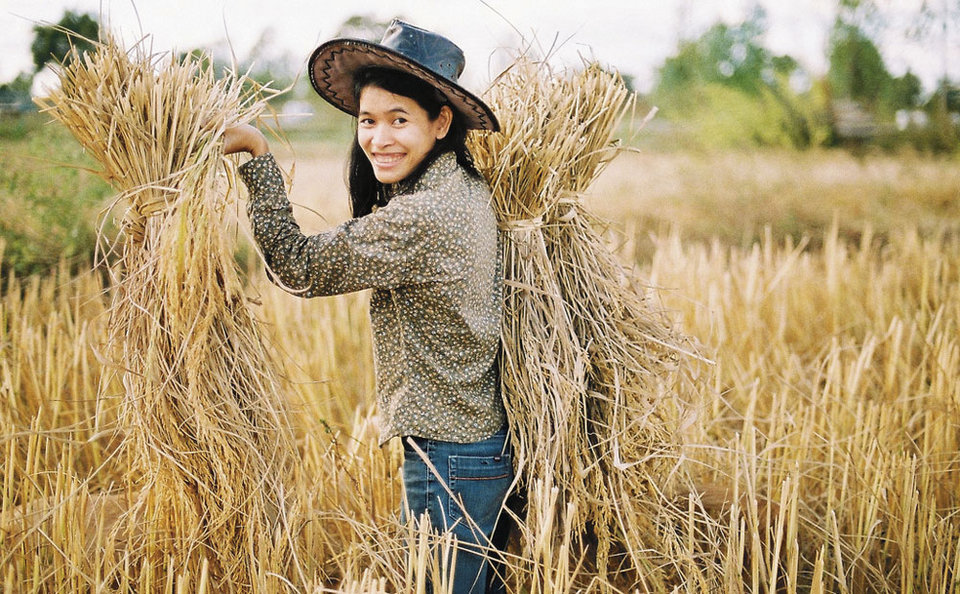 - Raithong Organics Farm
- Raithong Organics FarmWhat is the goal of your CSA project, the Munching Box?
It’s a tool for converting more farmers to organic farming, and getting existing farmers to increase their organic acreage, as well as provide a stable and growing channel for suppliers. Obviously this is a bit different to how customers see it—a product in its own right—but these are mutually supportive views. We need customers to achieve our aims and customers want the Munching Box to get better and better.
What are your accomplishments regarding the Munching Box?
It is developing into a larger platform for the organic lifestyle. Our current retention rate for the CSA box is about 70-75%, depending on the season, which I believe is about average for such programs in the US. Up to July 11, 2013, we delivered 23 tons of seasonal organic fruit and vegetables. We do our best to source only local, high quality, artisanal products—using organic ingredients wherever possible and also working with suppliers to go green with their packaging.
What’s your plan in the next 5-10 years?
We’re working on improving the transparency of our value chain by building upon our rice planting/harvesting trips, hosting food events and giving lectures at schools. The next step will entail building up the agro-tourism side of things, developing a farmer-to-farmer, customer-to-farmer organic certification system, implementing random pesticide and nitrate testing, improving the nutrient density of our products, ramping up our involvement in urban agriculture (through the new BeeKK initiative, www.facebook.com/BeeKKUrbanBeekeeping) and so on. And in the longer run, we also hope to be able to expand to other locations in Thailand and ASEAN once we’re happy with our current model in Bangkok.
Contact: www.raitongorganicsfarm.com
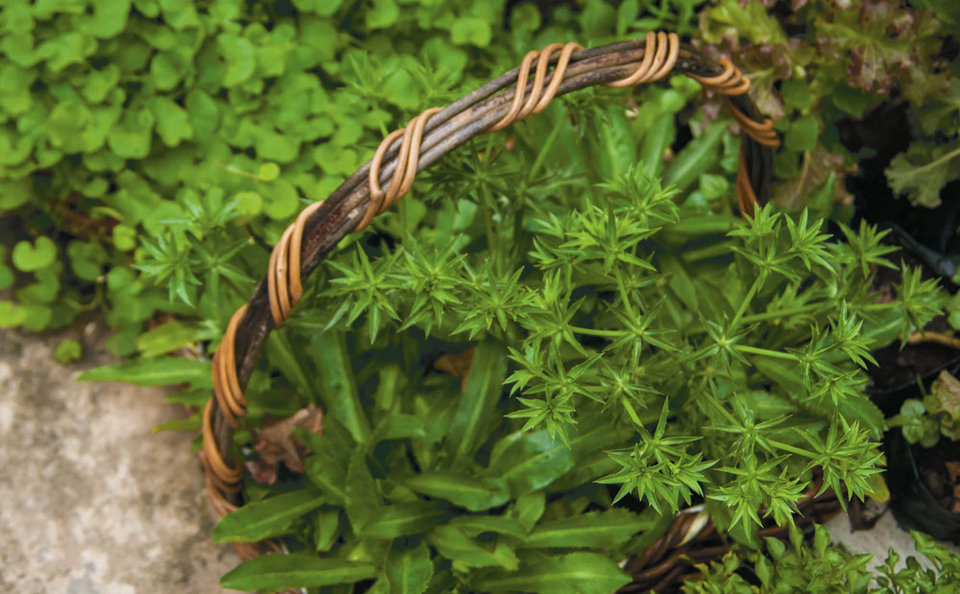
Raitong (www.raitongorganicsfarm.com) is doing a community-supported agriculture (CSA) box under the name CSA Munching Box, which also comes with a few helpful recipes. Monthly subscription is B2,000 plus a weekly delivery charge starting from B60.
Health Me is not only a good healthy restaurant, they also support farmers with their CSA Box (B4,200 for 12 baskets) sourced from provinces like Ang Thong. In front of Ratburana Soi 30, 086-332-8266. Open Mon-Sat 9am-5pm.
Located in Vipawadee Soi 22, Saijai offers various activities for kids to learn about their vegetables and how to grow them, as well as food delivery with a changing menu depending on the produce they get from the farmers and their home garden. Vipawadee Soi 22 (behind St. John University), 087-915-3440. www.saijaihealthyfood.com
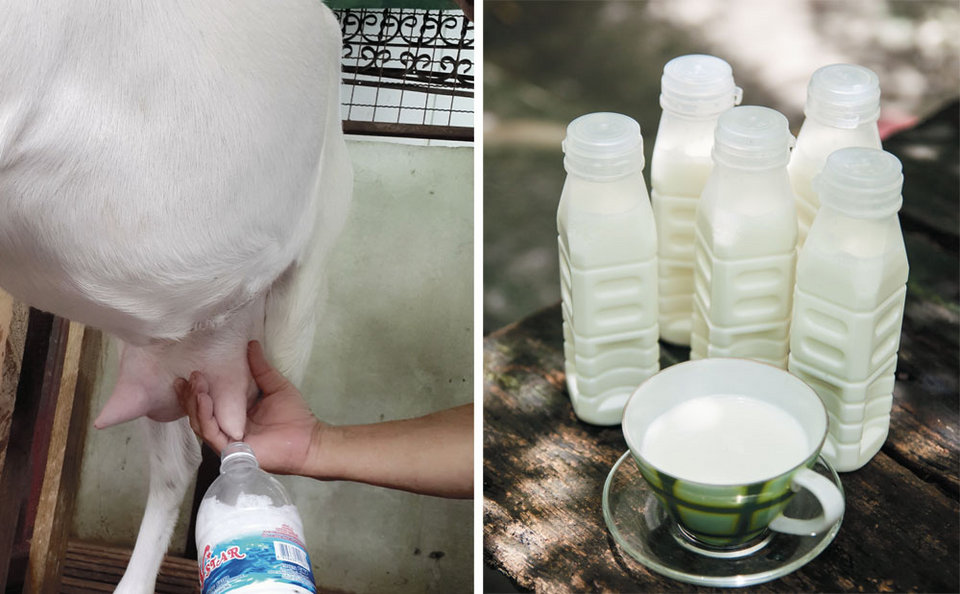
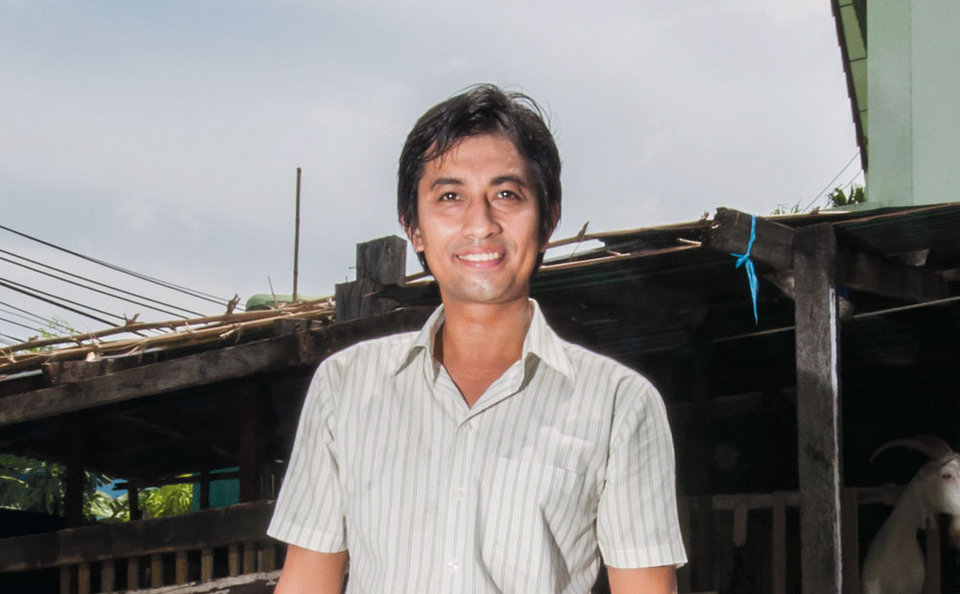 - Goat Milk Farm
- Goat Milk FarmWhy start a goat farm?
I love goats. I played with goats since I was a kid as my granddad raised some in our backyard. But then he stopped, and it’s so hard to find goat milk in the city. So five years ago, I started trying to find goat breeders in the Muslim communities around Bangkok. I found two goats to start with and now I have nine.
How much do you produce daily?
We can milk about 8-10 liters per day. After we milk the goat in the morning, we will steam it at 70-80 degrees Celsius to pasteurize it. We are a big family so we normally keep about five liters to consume. The surplus we sell to our neighbors who come to pick it up every day.
Is it hard to have farm animals in the city?
Yes. We have to pay more attention to cleanliness. Controlling the smell is the most important thing. We put EM [effective microorganisms] solutions in the dung to get rid of the smell. We also clean the goat before we milk them to get rid of their strong aroma, which can get in the milk, too. We then make sure the milk goes straight into a bottle. It reduces the milk’s contact with air as milk absorbs smells quickly.
Why go through all this effort?
It’s safer. Goat milk is full of nutritional value, more than cow milk, but it’s more expensive, too. Cow milk is B25-B40 per liter while goat milk is B70-B100. Kids allergic to cow milk can drink goat milk, too. I raised my two children with goat milk. I wouldn’t give it to my children if it wasn’t good for them. You don’t have to worry about food safety if you have your own farm.
Contact: Piramit 081-689-8061
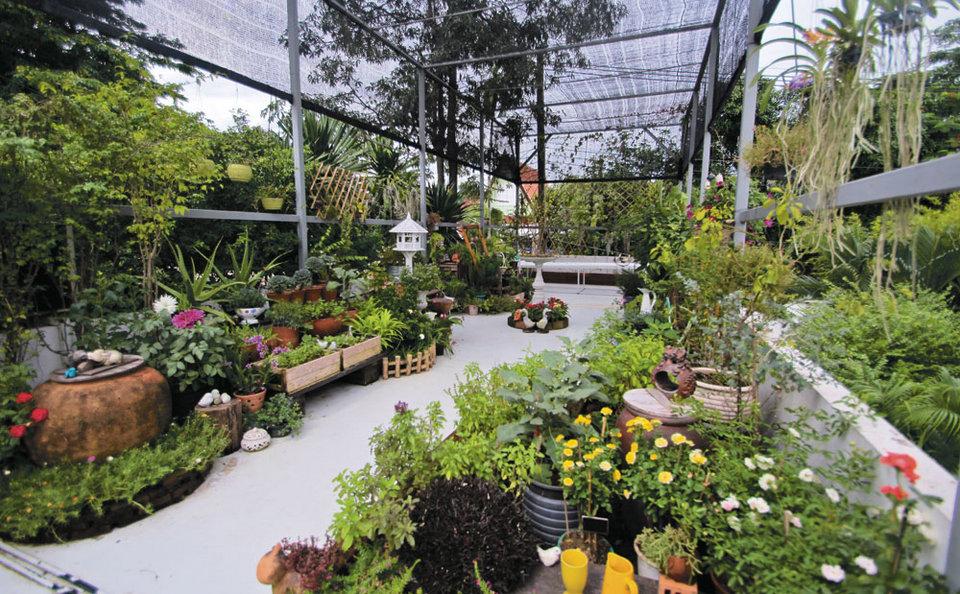
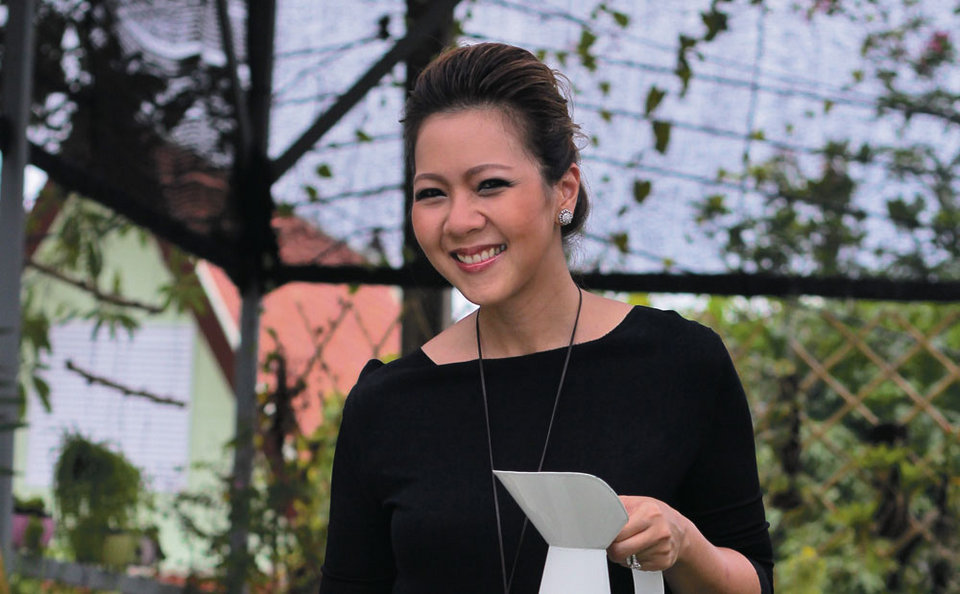 - English Herb Garden
- English Herb GardenWhat inspired your rooftop garden?
I like English-style herb gardens. I have so many vegetables and herbs like rosemary, holy basil and eggplants and you can always mix them with flowers to make the garden more colorful.
What’s the best thing about growing your own vegetables?
I get to create new dishes all the time, which nowadays I share on my Facebook page (www.facebook.com/praekitchen), too. The new recipes are dependent on our new produce; just recently, I did baked rice in grape leaf. It was fantastic, very aromatic. I never knew that grapes grew so easily. Our dog, Herky, also loves eating all the vegetables and herbs.
What’s your favorite easy-to-follow recipe?
For a nice refreshing drink, I always pick out rose petals from the garden. You take two rose buds, 170 grams of lychees, one teaspoon of rose syrup and four pieces of peach. Mix them in the blender and you’re done.
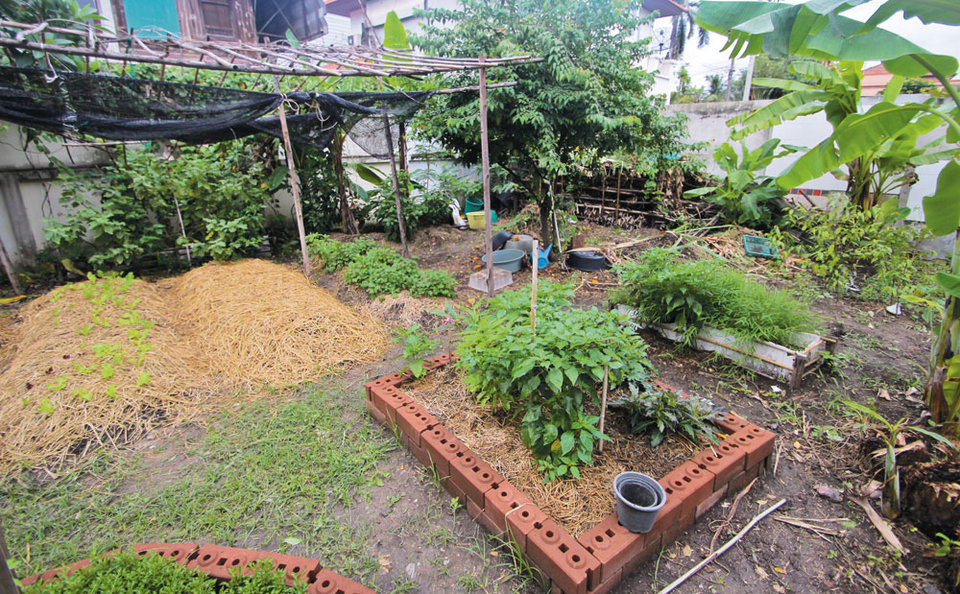
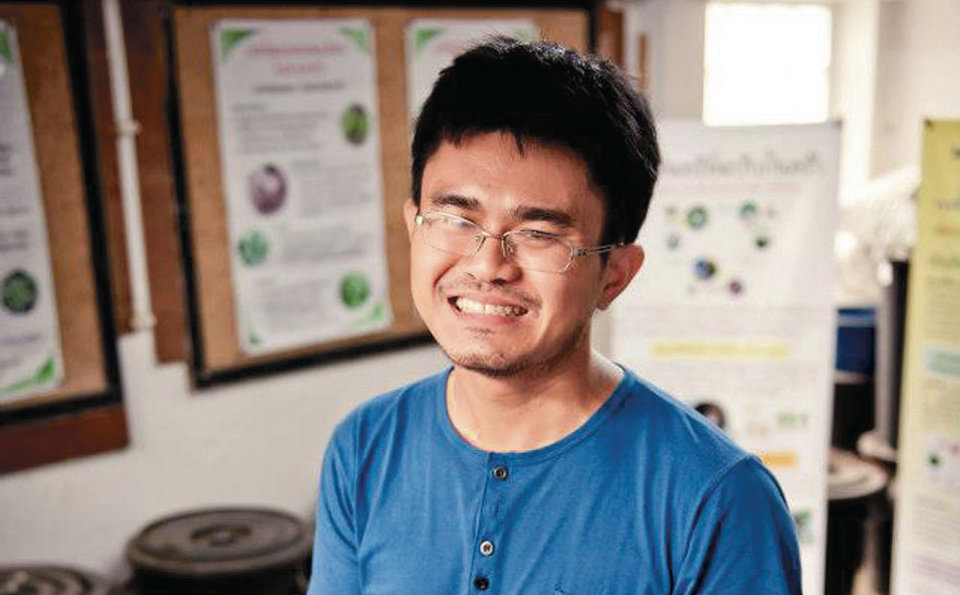 - Thai City Farm
- Thai City FarmWhat got you started?
Even though I studied agriculture during my Bachelor’s and Master’s degrees, many of the classes taught us to use chemicals to grow vegetables. But there was a class about sustainable agriculture which sold me on the idea of being self-reliant. It’s good for our health and for the environment. I wanted to buy land out of town and grow food there but my family still lives in Bangkok, so I had do it another way.
What are the benefits?
It’s more than just the feeling of achieving something. It’s a journey where you meet new friends and a new community. The vegetables are definitely more delicious, sweeter and crispier. My mind is free when I’m in the garden. I grow so many vegetables that often I have to give them away to others—and that’s a source of joy.
What’s the most important thing about growing vegetables?
Everything matters. But what people might not is the importance of soil. Natural soil produces the most beautiful plants. It’s like in the jungle where everything grows and fertilizes itself.
What are the difficulties of vertical planting?
It gets very dry real quick. But if you have good water management, it will be fine. The important thing is to cover the soil with the leaves to maintain moisture and to protect the soil when you water them. Some plants love their soil a bit dry and it is fun observing the different conditions that different vegetables prefer.
Do you think Thai people still relate to the pak suan krua (literally “vegetables from garden to kitchen”) ideology?
This was more noticeable during the government of Plaek Phibunsongkhram when the economy was not at its best and people still had their own land. About 20 years ago, bio-organic consumption boomed along with Lemon Farm shops. As time goes by, we sometimes forget but, hopefully, places like the Lak Si District Office prove that we can still grow our food in limited spaces.
Contact: www.thaicityfarm.com
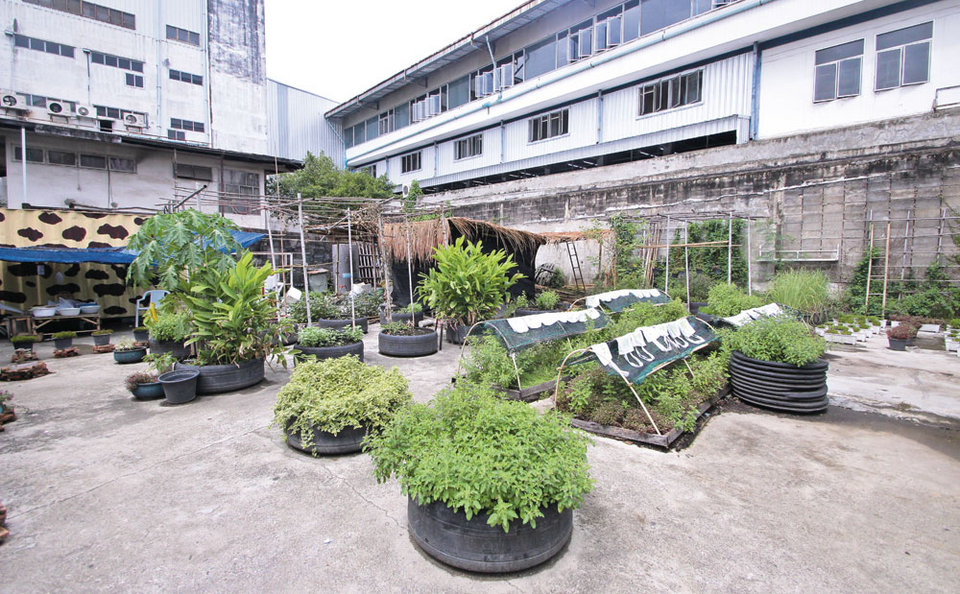
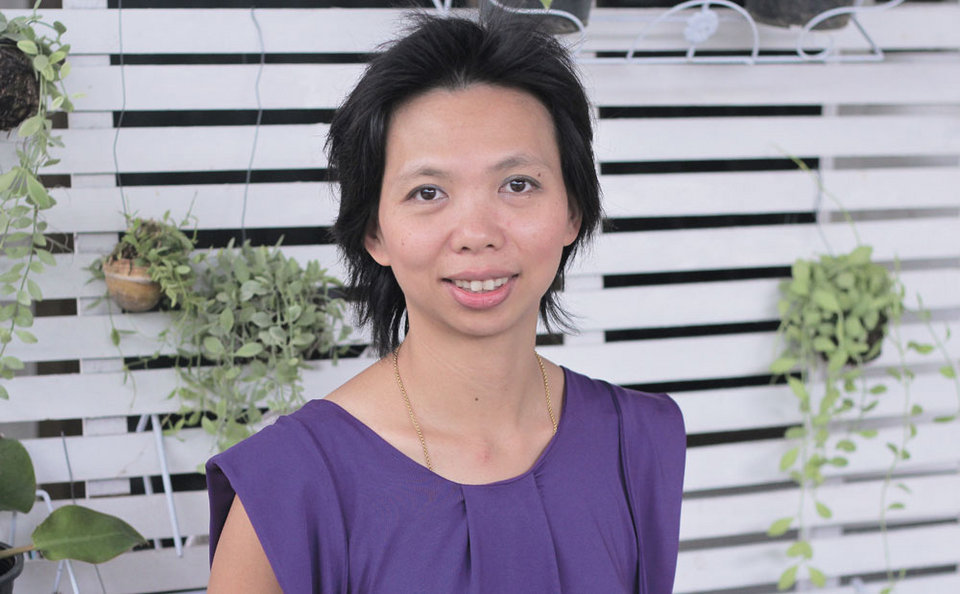 - Saijai Healthy Food
- Saijai Healthy FoodHow did you start growing your own food?
My husband and I always thought we could control our lives before my husband found out he had cancer. The doctor said that there was no need to change his lifestyle, but we disagreed. We took issue with our food. Cutting out chemicals from your diet is easier said than done, so we started building networks among people who shared similar ideas and began to grow our own. We then started a food delivery service with produce from these farmers and from our own farm.
What are your tips for growing vegetables?
It’s about having a heart, to start with. There’s actually not much to learn. Just don’t expect too much and let nature do its job. The fun is ing experiencing it for yourself. If vegetables grow in their proper season, they will turn out beautifully. Also, grow vegetables that encourage you—for some, growing a whole cabbage, eating it and then having to start again is too much, so plant things like holy basil and watercress where you can grab a few leaves and let it grow on. For budding farmers, the best time to give planting a try is around the end of rainy season.
Why are you focusing on teaching children to grow vegetables?
We have courses for children as we think they can change their attitudes more easily than adults. I think that when kids learn, parents also learn. I think we can all change and lead more balanced lives.
What’s a good diet for those living in the city?
Eating what you grow brings you happiness but supporting the farmers who turn their back on chemicals is just as important. The money you pay for their food empowers them to work harder and stay on the right track.
Contact: www.saijaihealthyfood.com
Advertisement